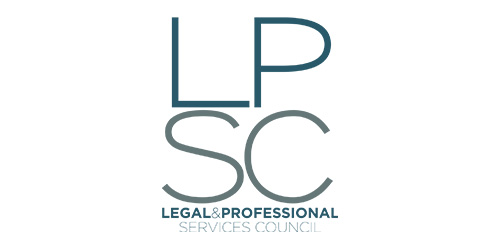How to Execute a Law Firm Website Redesign: A Five-Step Guide for Marketers

Redesigning a law firm’s website is a big decision — and an even bigger project. Whether the current site has been around for five or more years, or the team is ready to launch an entirely new digital presence, the process can be daunting. But with thoughtful planning and the right team in place, it’s a worthwhile investment that can elevate a firm’s credibility and attract new clients.
This step-by-step guide outlines how law firms can successfully start and seamlessly execute a website redesign.
Step 1: Define the Scope of the Redesign Project
Before diving into a website redesign, it’s essential to determine what your firm wants to accomplish, as this will dictate the timeline, budget and resources needed. Is the team looking to lightly freshen up an existing site or is a full rebrand the goal?
A rebrand typically involves developing a new logo, accompanying color palette, branding and messaging – all of which must be finalized before web development can begin.
Another key aspect to consider is the need to update, and in some cases, completely rewrite the firm’s current content and attorney bios. Since this task can be a substantial undertaking, it’s essential to establish a timeline for content drafts and approvals to avoid delaying the launch.
Tip: We encourage firms to take this website redesign opportunity to refresh outdated content and ensure their messaging aligns with the current services and values. A fresh look without updated content can undermine the professionalism of a site.
Step 2: Select a Leader for the Redesign
After defining the scope of the project, the next step is to appoint a dedicated team member to lead the project. This person may be the firm’s internal marketing director or an outsourced consultant or agency. Ideally, the individual selected should have experience with website redesigns and an understanding of the firm’s services, values and goals. This project leader will serve as the main point of contact between the firm and the website developer, relaying decisions and ensuring the project stays on track.
Tip: Choose someone who has either led or been closely involved in a website redesign. The project leader should know what success looks like and how to navigate potential roadblocks.
Step 3: Form an Internal Committee—But Keep It Small
Once a project leader is established, compiling an internal committee to support the redesign process is essential to ensure the firm’s wants and needs are communicated to the developer and executed throughout the process. These people should be committed to the project and have the availability in their schedules for meetings and decision-making conversations.
Limit the group to three people to keep the process streamlined and efficient:
- One person might not provide enough perspective.
- Two people can lead to decision-making gridlocks.
- Three people is often the sweet spot, offering a balance of input without becoming unwieldy.
Having three committee members also helps with scheduling and keeps the momentum strong. Be sure at least one person on the committee has the authority to make final decisions without needing additional layers of approval. This ensures the project continues to move forward without avoidable delays.
Tip: Choose committee members who bring different perspectives—such as someone from leadership, marketing and a key practice group — to ensure the final site meets a range of needs.
Step 4: Find the Right Website Developer
The most crucial decision in any website redesign is selecting a developer who understands the legal industry. Working with a provider that specializes in law firm websites can make a significant difference – they’ll have insights into industry standards, know what features resonate with legal clients and have insights into what competitors are doing.
Tip: Ask potential developers for case studies or examples of law firm websites they’ve built. This will give you a sense of their design approach, functionality and whether they can deliver on the firm’s vision.
Step 5: Set Realistic Timelines and Expectations
A typical website redesign can take anywhere from six months to over a year, but we have seen projects be completed in 100 days. The timeline largely depends on the size of the website, the scope of the project and how responsive the internal team is during the process.
Making sure everyone involved understands the timeline is key to ensuring a launch is not delayed. Because of the extensive nature of website redesigns, some delays or minor setbacks may be inevitable. In this case, it is important to keep the full team apprised of any changes in the timeline.
Tip: Build in regularly scheduled meetings to ensure upcoming deadlines are discussed and acknowledged. Delays often occur when feedback is slow or decisions aren’t made promptly; by building in time to give feedback and making decisions from the beginning, many delays can be avoided.
Final Thought: Be Ready for the Long Haul
A law firm website redesign is a significant commitment, and the process can often take longer than initially expected. Setting realistic expectations from the outset helps minimize frustration and keeps the team motivated.
While it may feel like a daunting task, it isn’t insurmountable with the right approach. Following these five steps will set you up for success and ensure the final product supports your firm’s goals – while keeping attorney stakeholders happy along the way.















